Table of Contents
Introduction
No, red pepper flakes and red chili flakes are not the same. While both add heat to dishes, they differ significantly in flavor profiles, heat levels, and culinary applications. Understanding these differences ensures you choose the right spice for your recipe and avoid unintended flavor imbalances.
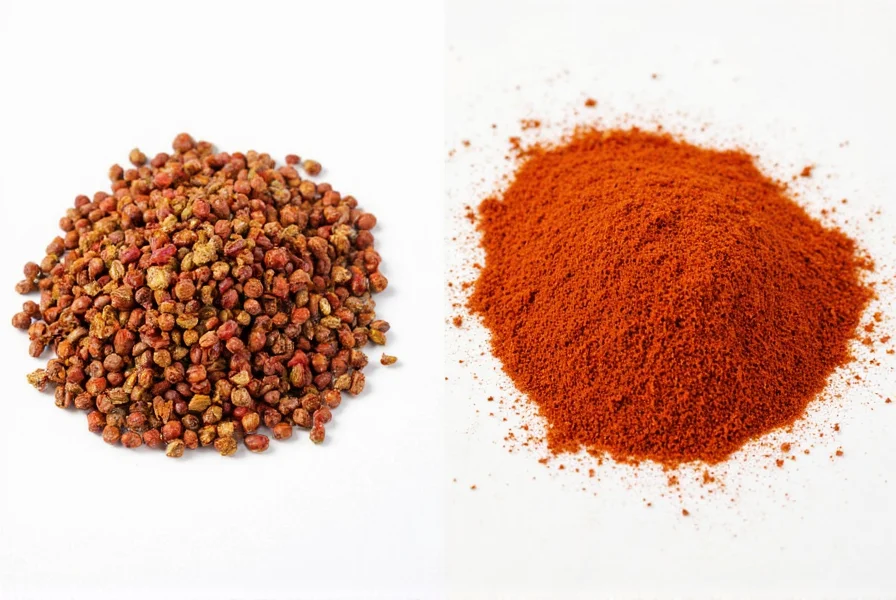
In this guide, we'll clarify the key distinctions between these commonly confused spices, including their Scoville heat ranges, regional culinary uses, and practical substitution tips for home cooks and professional chefs alike.
What Are Red Pepper Flakes & Red Chili Flakes?
To begin unraveling this mystery, let's start with the basics.
Red Pepper Flakes
- Made from dried and crushed red peppers (usually cayenne or other Capsicum annuum varieties).
- Contain both seeds and skin, contributing to a more intense, complex flavor.
- Commonly used in Italian dishes like pasta aglio e olio or pizza crust seasoning.
Red Chili Flakes
- Often made from a variety of dried chilies such as Thai bird's eye, ancho, or even habanero depending on the brand.
- Sometimes include only the flesh (no seeds), leading to a cleaner but less smoky flavor.
- Frequently used in Asian, Indian, and Middle Eastern cuisines.
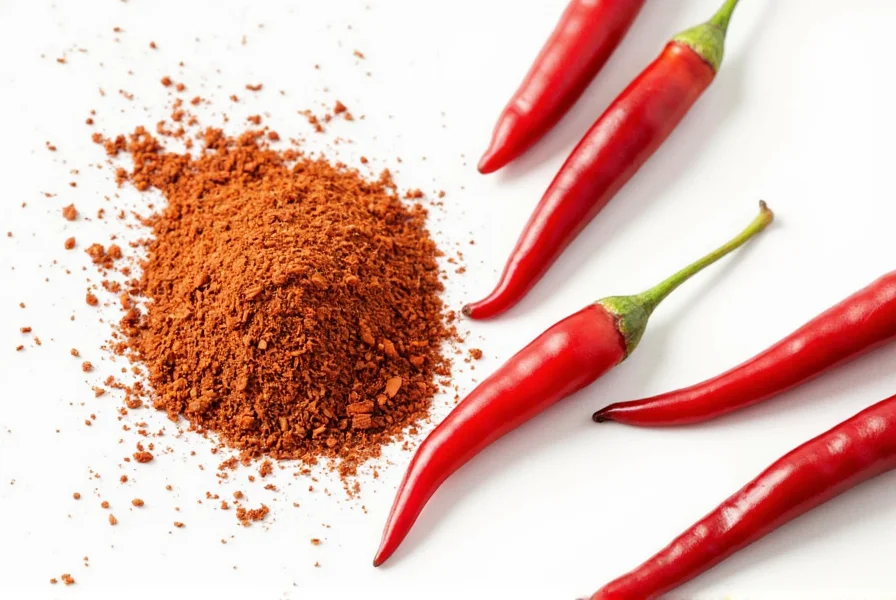
Flavor Profiles Compared
| Flavor Element | Red Pepper Flakes | Red Chili Flakes |
|---|---|---|
| Taste Complexity | Bright, earthy, slightly smoky | Varies by type; can be fruity, floral, or nutty |
| Smokiness | Present due to inclusion of skins/seeds | Ranges from none to mild depending on chili type |
| Cleanliness | More rustic and bold | Can be smoother and cleaner tasting |
While both deliver heat, the overall flavor experience can vary significantly based on what part of the chili is included and the specific chili species used.
Heat Levels & Scoville Scale Comparison
The Scoville Heat Unit (SHU) scale measures the spiciness of chili peppers and their derivatives, including flakes.
Average SHU Range
- Red Pepper Flakes: 30,000–50,000 SHU
- Red Chili Flakes: Varies widely depending on source chili (e.g., Ancho = ~1,000–2,000 SHU, Thai = ~50,000–100,000 SHU)
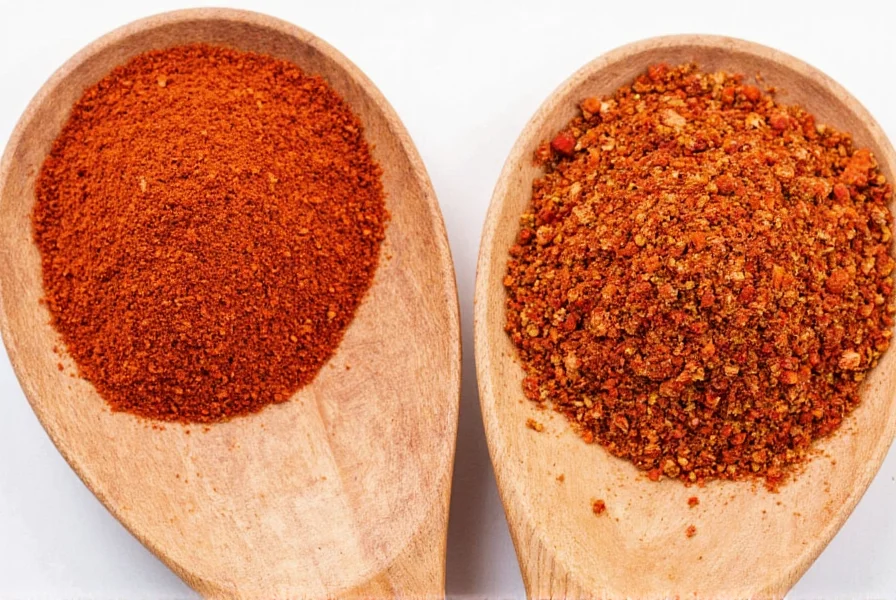
Key Insight
You can't assume all "red chili flakes" are hotter than "red pepper flakes." It really depends on the chili used. For example, a blend with ghost pepper flakes would be way spicier than standard red pepper flakes!
Culinary Uses in Cooking
Where each flake shines best often comes down to regional cuisine and dish style:
Red Pepper Flakes
- Ideal for: Italian, Mediterranean, American comfort food
- Best Used In: Pasta sauces, meat rubs, marinara, garlic oil dishes
Red Chili Flakes
- Ideal for: Asian stir-fries, Indian curries, Sichuan hot pot oils, Korean kimchi
- Best Used In: Dishes requiring quick bursts of spice without overwhelming texture
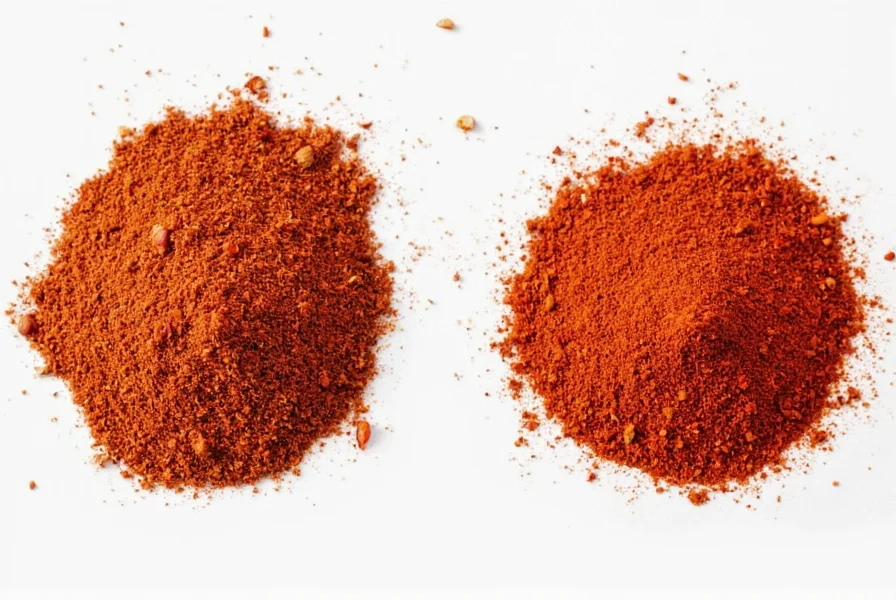
Substitutions & When to Use What
If you run out of one and need to substitute, here's how to make smart swaps:
- Use red pepper flakes instead of red chili flakes: Great if you want a bolder, more rustic kick — perfect for heartier dishes like stews or barbecue sauces.
- Use red chili flakes instead of red pepper flakes: Ideal when aiming for a clean, sharp heat — works well in delicate broths or finishing touches on grilled veggies.
Top Tip
Always adjust quantities according to your spice tolerance — remember, some chili flakes pack more heat than others!
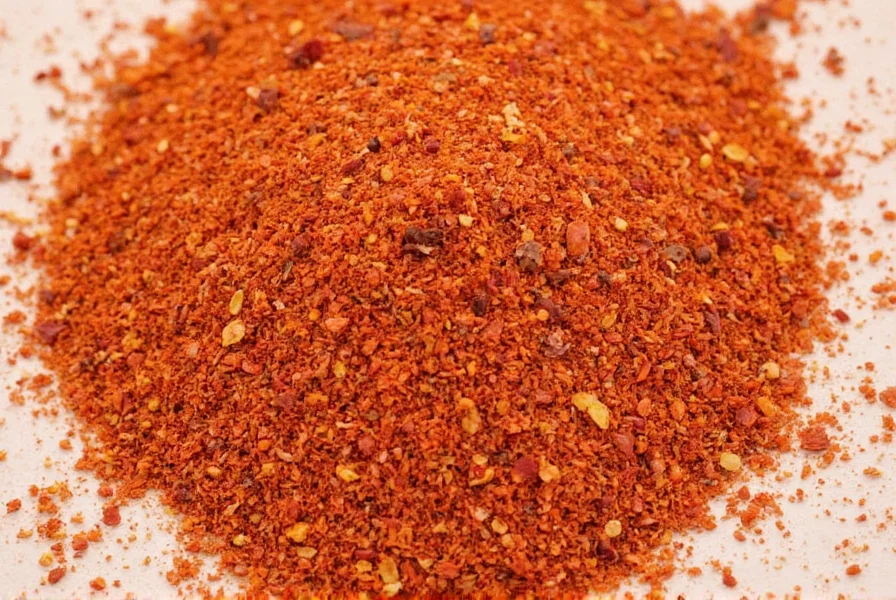
Buying Guide: How to Choose the Best
Not all red flakes are created equal. Here's how to pick the right ones:
Factors to Consider
| Factor | What to Look For |
|---|---|
| Ingredients List | Check if it contains just dried peppers — no additives or anti-caking agents |
| Color Vibrancy | Bright red = fresh; dull = old or low quality |
| Texture | Moderately coarse — too fine may be overprocessed |
| Packaging | Opaque containers or sealed pouches preserve potency |
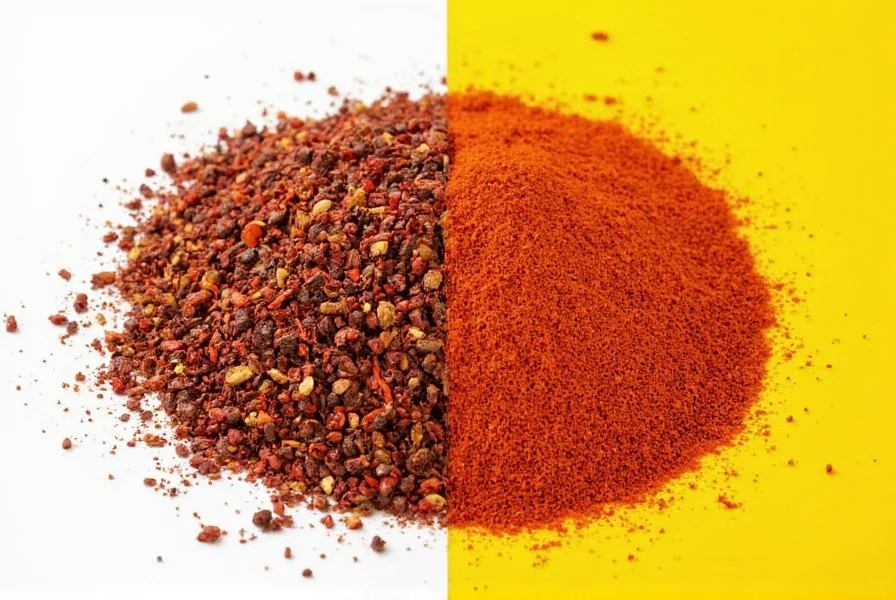
Recommended Brands
- McIlhenny Tabasco Red Pepper Flakes: Made from aged cayenne peppers, ideal for Southern-style dishes and sauces.
- Diamond Crystal Red Chili Flakes: Balanced heat and flavor, great for everyday use across cuisines.
- Louisiana Foods Cajun Style Red Flakes: Bold and smoky, perfect for gumbo and jambalaya lovers.
Use Cases & Target Audience
| Product | Best For | Occasions |
|---|---|---|
| Tabasco Flakes | Hot sauce lovers, BBQ fans | Backyard grilling, homemade hot sauces |
| Diamond Crystal | Home cooks, weeknight meal prep | Everyday cooking, soups, sautés |
| Cajun Style | Southern cuisine enthusiasts | Gumbo night, jambalaya, spicy rice dishes |
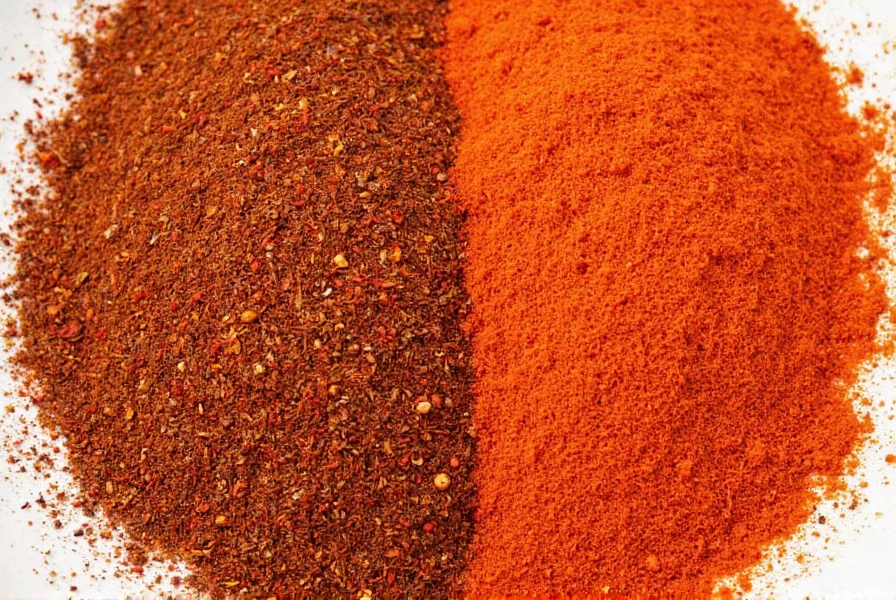
Frequently Asked Questions
Are red pepper flakes and red chili flakes the same thing?
No, they're not exactly the same. While both are made from dried, crushed peppers, red pepper flakes typically refer to crushed cayenne peppers (often including seeds and skins) with a consistent heat profile, while red chili flakes can be made from various chili types (Thai, ancho, habanero, etc.) with more variable heat and flavor profiles depending on the specific chili used.
Which is hotter: red pepper flakes or red chili flakes?
It depends on the specific product. Standard red pepper flakes (cayenne-based) typically range from 30,000-50,000 SHU. Red chili flakes can vary widely—from mild ancho-based flakes (1,000-2,000 SHU) to Thai-based flakes (50,000-100,000 SHU). Always check the specific chili variety used in the product for accurate heat assessment.
Can I substitute one for the other in recipes?
Yes, but with caution. Red pepper flakes can substitute for red chili flakes (and vice versa), but you may need to adjust quantities based on the heat level of your specific product. For Italian dishes, stick with red pepper flakes; for Asian cuisine, red chili flakes typically work better. When substituting, start with half the recommended amount and adjust to taste.
Why do recipes sometimes specify one over the other?
Recipes specify based on traditional flavor profiles. Red pepper flakes are standard in Italian-American cooking (like pizza and pasta dishes), while red chili flakes are more common in Asian, Indian, and Middle Eastern recipes. The choice affects not just heat level but also flavor complexity, smokiness, and texture in the final dish.
How long do red pepper and chili flakes stay fresh?
Both maintain optimal flavor for 1-2 years when stored properly in airtight containers away from light and heat. Signs of deterioration include faded color (from bright red to dull brown), diminished aroma, and reduced heat intensity. For longest shelf life, store in the refrigerator or freezer.
What's the difference between crushed red pepper and red pepper flakes?
These terms are generally used interchangeably in the United States. "Crushed red pepper" is actually the more accurate term for what we commonly call "red pepper flakes" - they're not technically "flakes" but rather crushed pieces of dried chili peppers, including seeds and membranes.

Conclusion
So, are red pepper flakes the same as red chili flakes? The answer is yes… and no.
- Yes, in the sense that both are dried, crushed red peppers used to add heat to food.
- No, because they differ in flavor complexity, heat level, and optimal culinary applications.
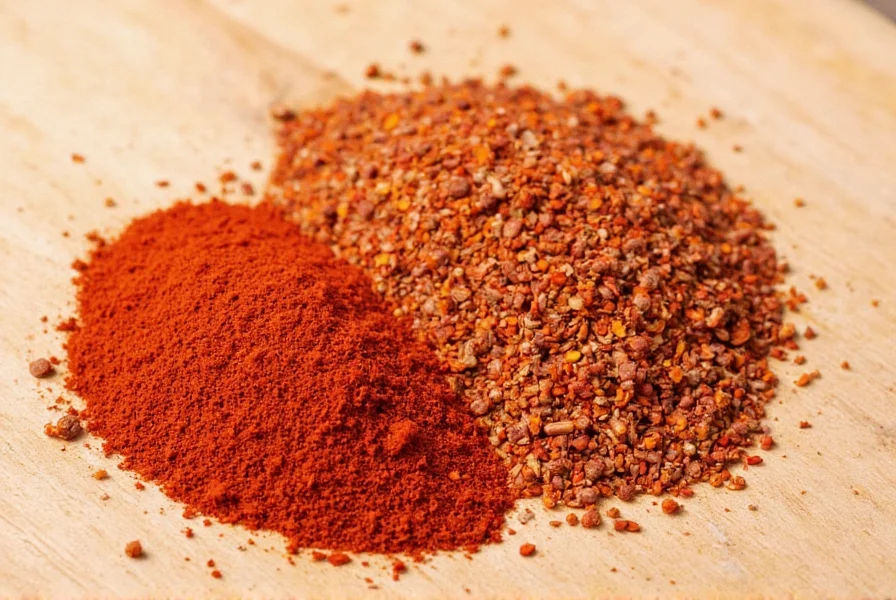
Ultimately, choosing between the two comes down to personal preference and the dish you're preparing. Keep a jar of each in your pantry, and you'll always have the right tool for the job — whether it's a zesty spaghetti toss or a lip-smacking Sichuan noodle bowl.
Happy cooking — and don't forget to keep a glass of milk handy!

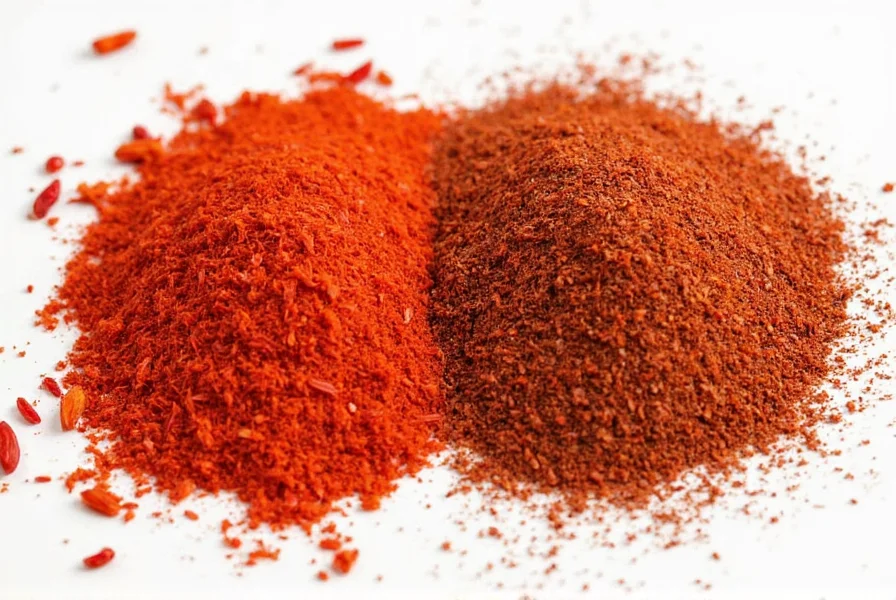









 浙公网安备
33010002000092号
浙公网安备
33010002000092号 浙B2-20120091-4
浙B2-20120091-4